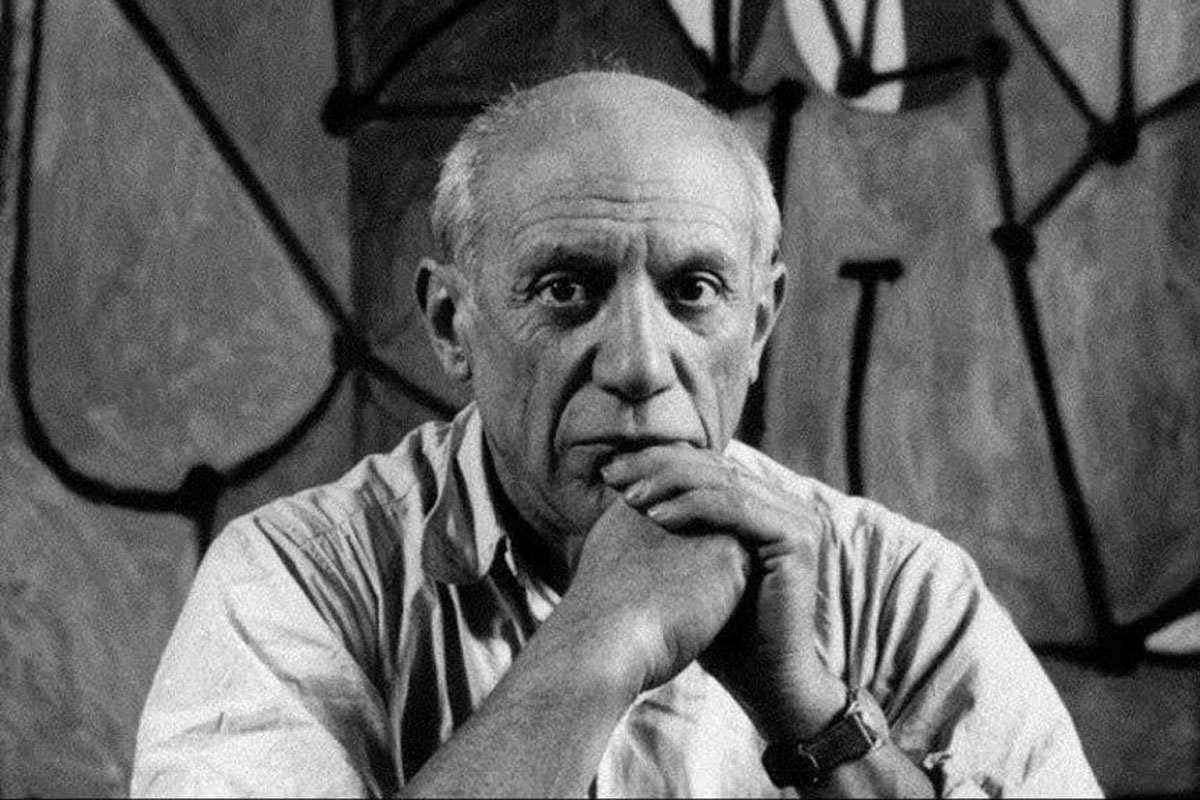This series of articles seeks to examine the character attributes of highly successful leaders, regardless of their adherence to a strong faith or moral standard. In presenting these thoughts, Leadership Ministries is not agreeing with or advocating these traits or practices, but rather presents these as ideas for discussion and development in your own leadership journey.
Chesley “Sully” Sullenberger III (1951 - ) is a retired fighter pilot and commercial airline pilot, best known as Captain of crashed US Airways Flight 1549, the “Miracle on the Hudson”. In 2009, both engines of the plane he was flying were disabled by a bird strike. Sullenberger landed in the Hudson River in New York, saving the lives of all 155 people on board. His heroic story was documented in the 2016 movie Sully, starring Tom Hanks and directed by Clint Eastwood.[1]
Sully grew up in Texas. At age 11, tests found he had a high IQ, and he joined Mensa International. He learned to fly at age 16 at a private airstrip near his home. That began a lifelong love of aviation, and with it, a sense of responsibility. Sully loved flying, but realized the risks involved. He writes, “I realized that flying a plane meant not making mistakes. You had to maintain control of everything. You had to look out for the wires, the birds, the trees, the fog, while monitoring everything in the cockpit. You had to be vigilant and alert. It was equally important to know what was possible and what was not. One simple mistake could mean death.”
The crash happened just a few months before Sullenberger was due to retire, and had it not occurred it’s likely few would have known about him. As a leader, he had quietly built up a lifetime of experience and confidence as a senior pilot, all of which would come into play in one fateful moment. Sullenberger says, “I went from living my life anonymously for 58 years to being a public figure known globally in a matter of minutes.” What can we learn about leadership from this unlikely hero?
The plight of Flight 1549 was covered live on the news as rescuers in boats raced to pull passengers off of the wings. Photo: Shutterstock
There’s no substitute for experience. Sully spent 30 years as a commercial airline pilot. Before that, he was appointed the United States Air Force Academy out of high school. Following graduation and a master’s degree at Purdue, he was trained in the F-4 Phantom II and was assigned to the 493rd Tactical Fighter Squadron based in the United Kingdom. He became a flight leader, training officer and served on the aircraft accident investigation board.
After his time in the Air Force, Sullenberger began a career in civil aviation with US Airways, from 1980 until 2010. It’s important to know that the passengers on board Flight 1549 were in the hands of a pilot who had 50 years of experience and more than 20,000 hours at the controls of an aircraft. Sullenberger also served as an instructor, Air Line Pilots Association local air safety chairman, NTSB accident investigator, and national technical committee member. Sullenberger writes, “We all have heard about ordinary people who find themselves in extraordinary situations. They act courageously or responsibly, and their efforts are described as if they opted to act that way on the spur of the moment... I believe many people in those situations actually have made decisions years before.”
Use the tools you have available. When Flight 1549 lost power to both engines, Sullenberger acted calmly and confidently. Within two minutes, he assessed they did not have the speed or altitude to make it back to LaGuardia, or any other nearby airport. Their only viable option was a water landing in the Hudson River. Sullenberger said, “It was very quiet as we worked, my copilot Jeff Skiles and I. We were a team. But to have zero thrust coming out of those engines was shocking—the silence.” The NTSB investigation later ruled the water landing was the correct decision. No pilot could have taken all of the steps necessary to return to the airport in the seconds of decision-making time available to him.
Though Sullenberger stayed cool and collected during the entire crash and aftermath, he wasn’t unaffected. He suffered symptoms of post-traumatic stress in the following weeks, including insomnia and flashbacks. He said the moments before landing were “the worst sickening, pit-of-your-stomach, falling-through-the-floor feeling that I had ever experienced.”
Tom Hanks played Sullenberger in the movie “Sully”, directed by Clint Eastwood. Photo: Warner Brothers
Put others first. Among the details of the crash of Flight 1549 is that Sullenberger was the last person to exit the aircraft as it floated on the Hudson River. He twice went back through the cabin to make sure every passenger had been evacuated. Few people know that Sullenberger’s father committed suicide following major surgery in 1995. He had been suffering from depression in the face of a long and difficult convalescence ahead. As a result, Sullenberger became a suicide prevention activist and promotes National Suicide Prevention Week and National Suicide Prevention Lifeline.
Following retirement from flying, Sully has also become a worldwide advocate for aviation safety and airline staffing. In 2009, Sullenberger testified before the U.S. House of Representatives that his salary had been cut by 40 percent, and that his pension, like most airline pensions, was terminated and replaced by a guarantee worth pennies on the dollar. He cautioned airlines were “under pressure to hire people with less experience. Their salaries are so low that people with greater experience will not take those jobs. We have some carriers that have hired some pilots with only a few hundred hours of experience… There’s simply no substitute for experience in terms of aviation safety.”
[1] https://en.wikipedia.org/wiki/Sully_Sullenberger
Cover photo: Shutterstock


































Michael Jordan is a former professional basketball player and businessman. He played 15 seasons in the NBA and won six NBA championships with the Chicago Bulls.